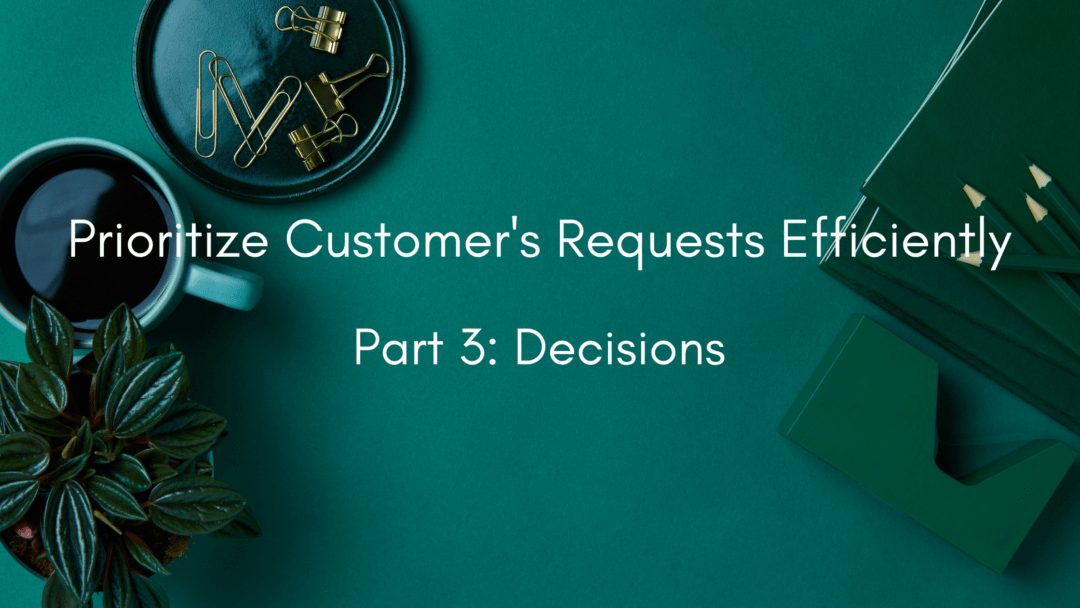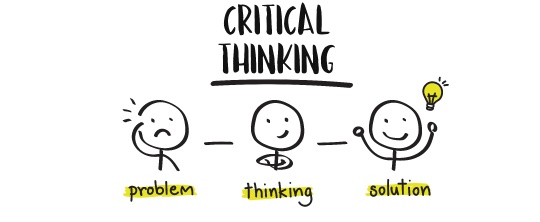I moved to Sweden in September 2017 and left the country in July 2024. Here is what I understood after living for 7 years in Scandinavia.
1. Work Life Balance is not a myth
A person can actually have both professional and private lives. The world does not stop and businesses do not collapse if people take 3+ weeks long vacations during summers. Even if I personally was not able to do it. I met many successful professionals who can totally disconnect and forget their laptop password.
2. Social connections and sense of community matters
A social distancing is a norm in Sweden. It is hard to find new friends and build relationships there. People live in an isolated society. And, as a foreigner, it impacts you more than I thought. It does not mean that Scandinavians are not friendly, they very much are. But being friendly and nice to others does not convert to a friendship. Even after seven years, I did not acquire a sense of belonging to the society.
3. Long term planning is a king
Birthdays planned 6 months ahead. Weddings – a year ahead. Construction projects – decades in some cases. Cons – there is no room for spontaneous gatherings, it is not common. Pros – people learn think long term from an early age. And they have a tremendous patience, which is also a by-product of queues for everything and everywhere. When life is stable, the one can plan for the distant future.
4. The annual circle of life
People live in a certain cadence. A year starts and from the middle of January people are looking towards the Easter break (påsk). After that, there are a couple of days off in May, like a segway to a summer. And then, Midsommar as an official kick of a holidays period. July is a time when the country takes a month long break. In September people start Christmas (Jul) preparations which culminates in several Julbords with colleagues, friends and family. And the cycle repeats.
5. Lagom is lagom
Not too good, not to bad. Just the right amount that is enough. Ambitions are good, but a person can settle and enjoy stability. When bonuses are taxed with 57%, what is the point to aspire for more? There is no “get rich or die trying” mentality. It is quite surprising that a proudly egalitarian Scandinavian society is able to produce so many startups and entrepreneurs. Probably, innovations are driven not only by a need and a hunger but by a natural human curiosity and desire to build new things.
6. Sport and being outdoors
In Sweden, I got used to walk a lot and invest time into workouts. When a health-care system has 6 months waiting time for a doctor visit, you have to stay healthy pro-actively. And it is affordable, subsidised by employers and integrated into day to day life style of many. This is awesome, thank you, Scandinavia!
7. Flat Organizational Hierarchies
Swedes challenges their bosses without hesitation. Sometimes, I even felt uncomfortable with that. Titles may not matter much. I witnessed situations when oversee colleagues could not comprehend why an opinion of a person with “QA Engineer” business title is important. Swedish workplaces often have flat organizational structures, meaning there is less emphasis on hierarchy and more on teamwork and collaboration. And, of course, Fika!
Let’s see what the next 7 years will bring!





